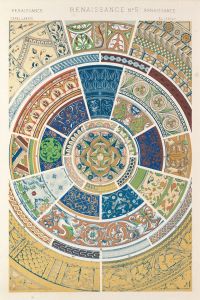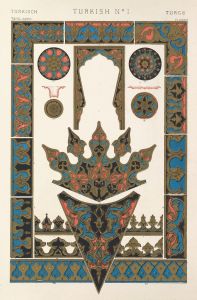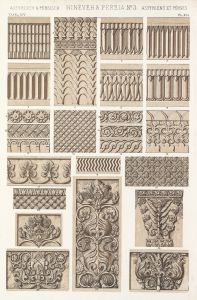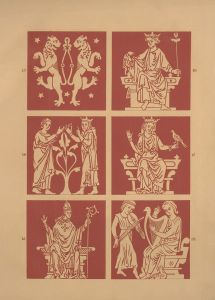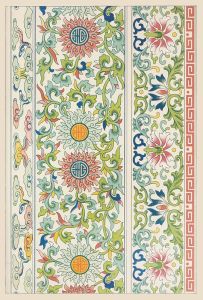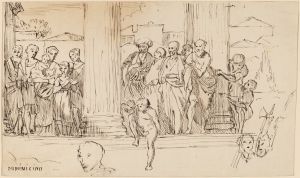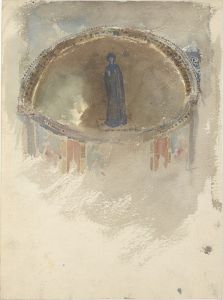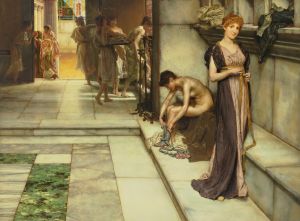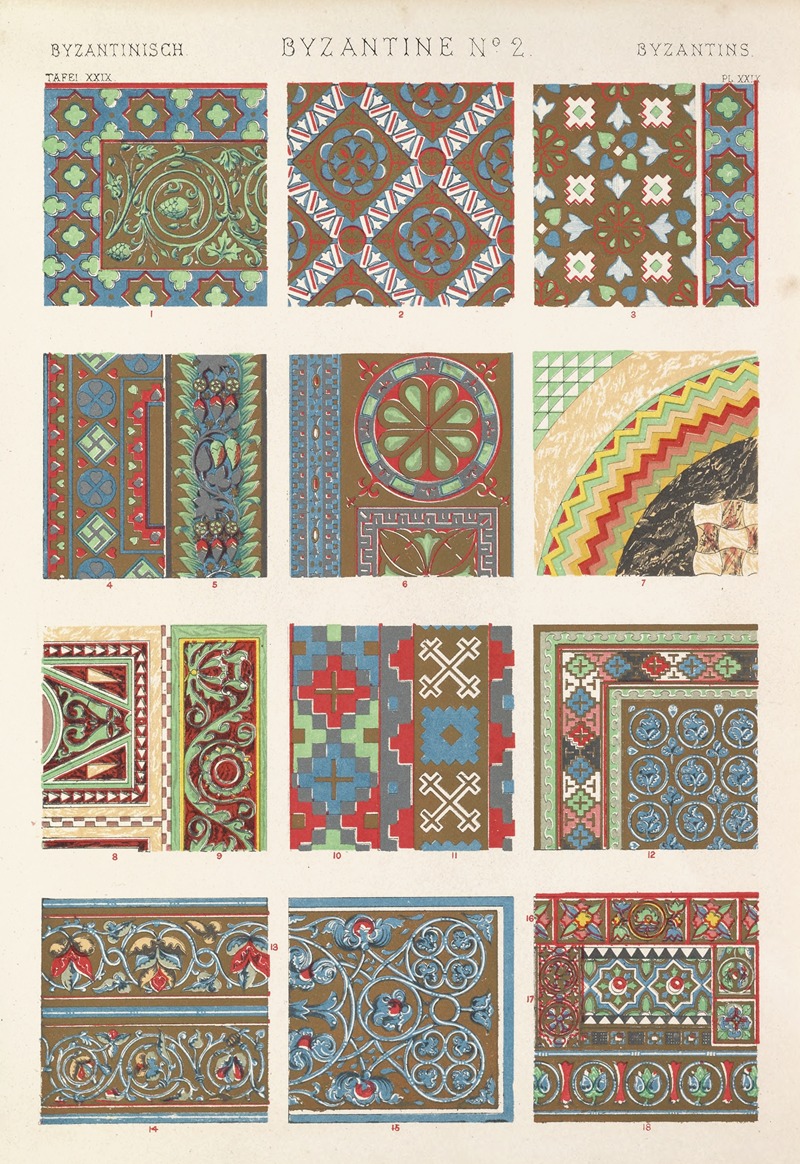
Byzantine No.2
A hand-painted replica of Owen Jones’s masterpiece Byzantine No.2, meticulously crafted by professional artists to capture the true essence of the original. Each piece is created with museum-quality canvas and rare mineral pigments, carefully painted by experienced artists with delicate brushstrokes and rich, layered colors to perfectly recreate the texture of the original artwork. Unlike machine-printed reproductions, this hand-painted version brings the painting to life, infused with the artist’s emotions and skill in every stroke. Whether for personal collection or home decoration, it instantly elevates the artistic atmosphere of any space.
Byzantine No.2 is a notable work by Owen Jones, an influential British architect and designer of the 19th century. Born in 1809, Jones was a pivotal figure in the development of design theory and the decorative arts during the Victorian era. He is best known for his comprehensive study of historical ornamentation and his contributions to the field of chromolithography.
Owen Jones's work, including Byzantine No.2, is characterized by his deep appreciation and understanding of historical styles, particularly those of the Islamic and Byzantine traditions. His interest in these styles was partly inspired by his travels to the Alhambra in Spain, where he meticulously studied and documented the intricate designs and patterns of Islamic art. This experience profoundly influenced his later works and publications.
Byzantine No.2 is part of Jones's larger body of work that explores and celebrates the rich decorative traditions of the Byzantine Empire. The Byzantine style, which flourished from the 4th to the 15th centuries, is renowned for its elaborate and highly stylized use of color, intricate geometric patterns, and religious iconography. Jones's interpretation of this style in Byzantine No.2 reflects his commitment to preserving and revitalizing historical design principles.
The artwork itself is a testament to Jones's skill in combining historical accuracy with his own innovative approach to design. Byzantine No.2 features a complex arrangement of geometric shapes and interlocking patterns, rendered in vibrant colors that are characteristic of Byzantine art. The use of gold and other rich hues in the piece echoes the opulence and grandeur of Byzantine mosaics and frescoes.
Jones's work, including Byzantine No.2, was influential in the development of the Arts and Crafts Movement and the Aesthetic Movement in the late 19th century. His emphasis on the importance of historical precedent in design and his belief in the unity of form and function resonated with many designers and architects of his time. Jones's publications, such as "The Grammar of Ornament" (1856), further cemented his legacy as a key figure in the history of design.
Byzantine No.2, like many of Jones's works, serves as an educational tool as well as a piece of art. It exemplifies his dedication to the study and dissemination of historical design knowledge, and his ability to translate that knowledge into visually compelling and culturally significant works. Through his meticulous research and artistic talent, Owen Jones played a crucial role in shaping the decorative arts and influencing future generations of designers.
In summary, Byzantine No.2 by Owen Jones is a significant work that highlights the designer's expertise in historical ornamentation and his contribution to the decorative arts. The piece reflects Jones's deep understanding of Byzantine art and his ability to reinterpret historical styles in a way that is both faithful to tradition and innovative in its execution.






